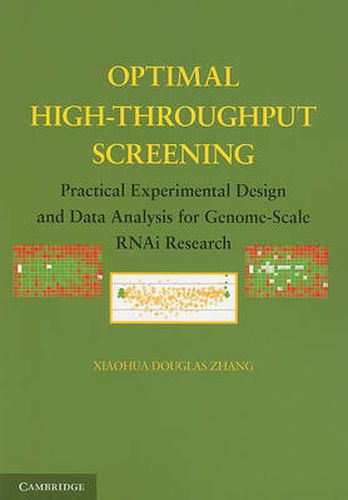Readings Newsletter
Become a Readings Member to make your shopping experience even easier.
Sign in or sign up for free!
You’re not far away from qualifying for FREE standard shipping within Australia
You’ve qualified for FREE standard shipping within Australia
The cart is loading…






This concise, self-contained and cohesive book focuses on commonly used and recently developed methods for designing and analyzing high-throughput screening (HTS) experiments from a statistically sound basis. Combining ideas from biology, computing and statistics, the author explains experimental designs and analytic methods that are amenable to rigorous analysis and interpretation of RNAi HTS experiments. The opening chapters are carefully presented to be accessible both to biologists with training only in basic statistics and to computational scientists and statisticians with basic biological knowledge. Biologists will see how new experiment designs and rudimentary data-handling strategies for RNAi HTS experiments can improve their results, whereas analysts will learn how to apply recently developed statistical methods to interpret HTS experiments.
$9.00 standard shipping within Australia
FREE standard shipping within Australia for orders over $100.00
Express & International shipping calculated at checkout
Stock availability can be subject to change without notice. We recommend calling the shop or contacting our online team to check availability of low stock items. Please see our Shopping Online page for more details.
This concise, self-contained and cohesive book focuses on commonly used and recently developed methods for designing and analyzing high-throughput screening (HTS) experiments from a statistically sound basis. Combining ideas from biology, computing and statistics, the author explains experimental designs and analytic methods that are amenable to rigorous analysis and interpretation of RNAi HTS experiments. The opening chapters are carefully presented to be accessible both to biologists with training only in basic statistics and to computational scientists and statisticians with basic biological knowledge. Biologists will see how new experiment designs and rudimentary data-handling strategies for RNAi HTS experiments can improve their results, whereas analysts will learn how to apply recently developed statistical methods to interpret HTS experiments.